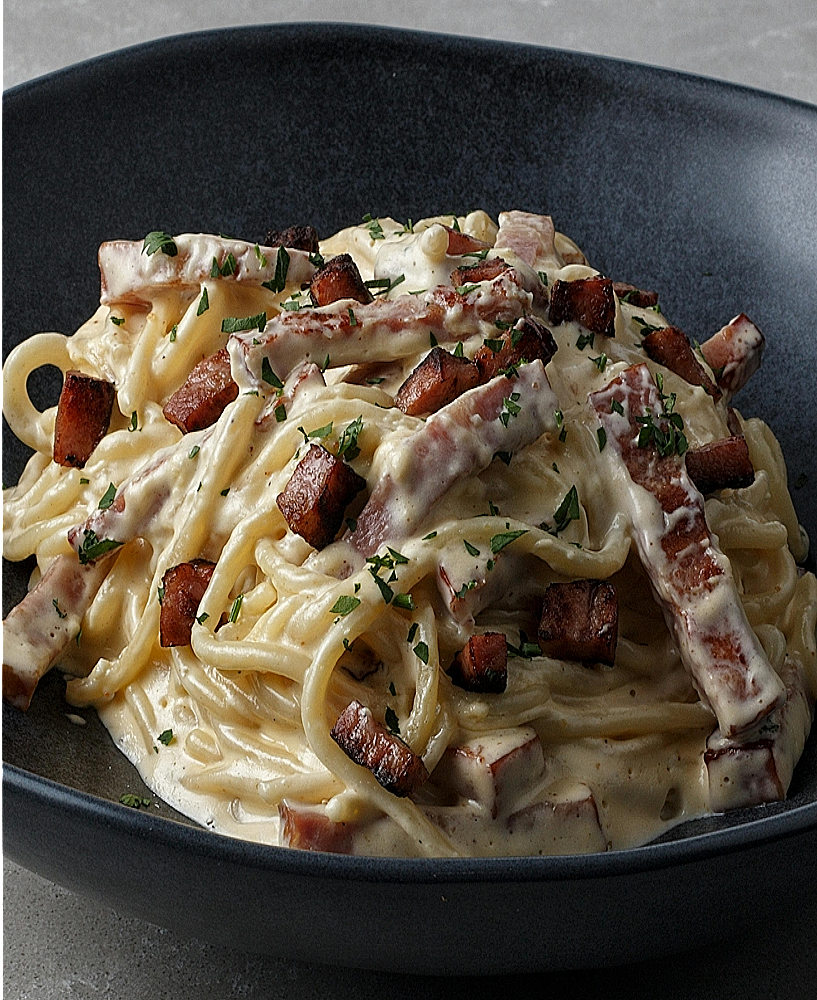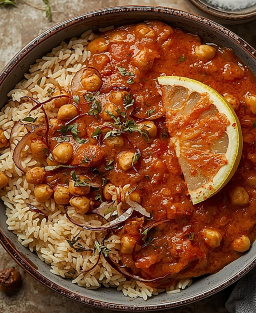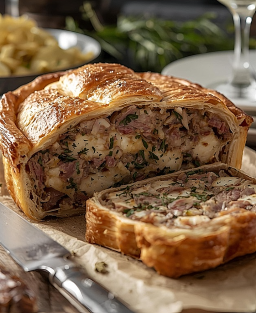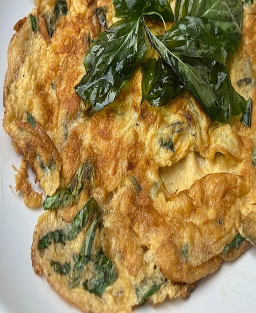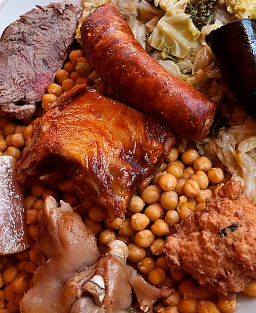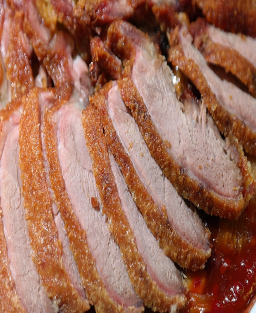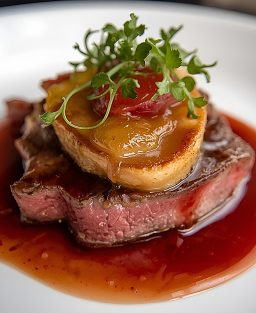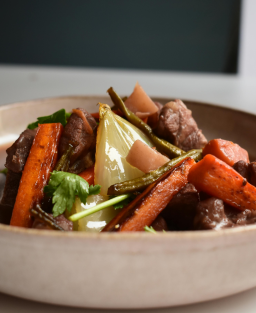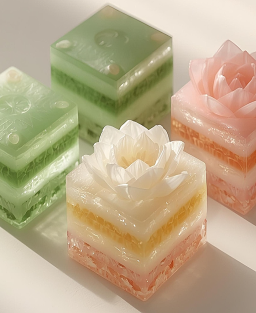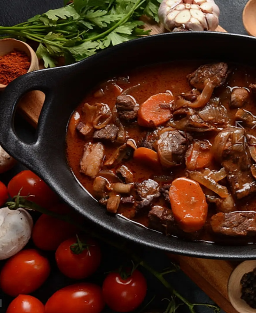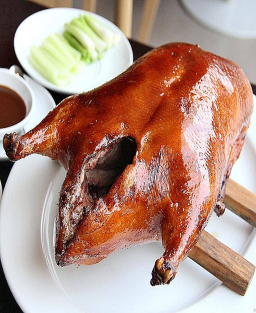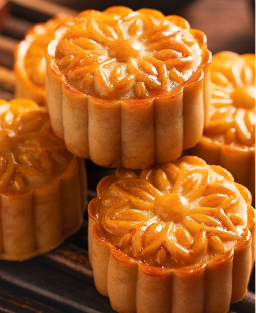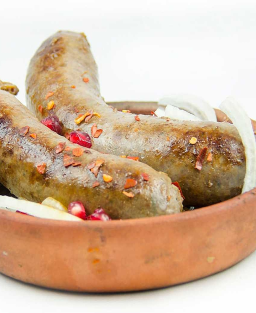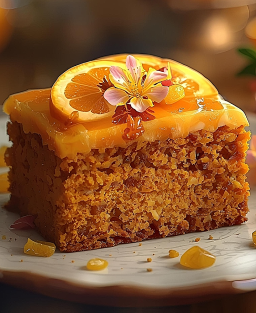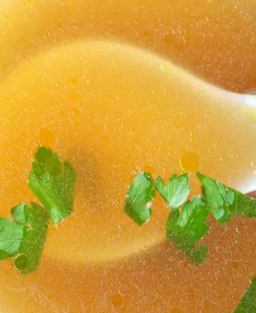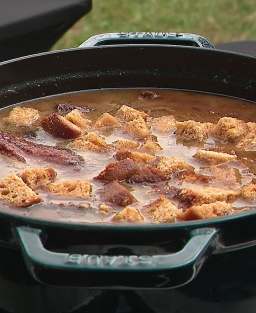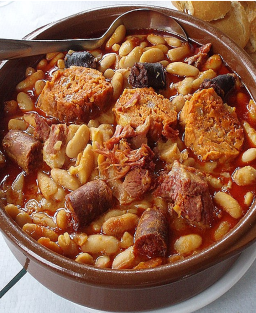ChatGPT a dit : Carbonara Sauce – Traditional Italian Recipe
Carbonara Sauce – Traditional Italian Recipe
Other names: Spaghetti alla Carbonara, Carbonara Sauce, Ragu alla Carbonara
Discover the traditional Carbonara recipe – an iconic dish from Lazio, combining authenticity, rich flavors, and the nobility of local ingredients.
Quote
“Carbonara is the art of transforming a few simple ingredients into a sublime dish.”
— Traditional Italian Cuisine
Legend
-
The legend that Carbonara was born among charcoal workers (“carbonari”) is not historically confirmed.
-
Carbonara has its roots in Rome and its region, with documented recipes from the early 20th century.
-
The dish became popular through Roman restaurants and Italian home cooking in the 1940s–50s.
-
The traditional recipe relies on quality local products: guanciale (pork cheek), eggs, pecorino romano, black pepper, and long pasta (spaghetti or rigatoni).
Geographic origin and status
-
Country: Italy
-
Region: Lazio, Rome
-
Official status: None (but codified by Roman culinary traditions)
-
Inventor: Oral transmission and historic local chefs
-
Codified recipe: Yes, according to traditional Roman standards
-
Key ingredients: Guanciale, eggs, pecorino romano, black pepper, pasta
-
-
Certification body: Unofficial, but referenced by the Accademia Italiana della Cucina in publications
-
Recipe evolution: Since the 20th century, the recipe has remained simple and quick, preserving the flavor balance and creamy texture without added cream.
History
Carbonara originates from 20th-century Roman cuisine, in a context of simple yet refined cooking for workers and families.
-
First mentions date to the 1940s, during and after World War II, when eggs and guanciale were available.
-
Charcoal workers reportedly ate pasta with guanciale and black pepper for a quick, energy-rich meal, hence the supposed name “Carbonara.”
-
The recipe remains minimalist: eggs are beaten and mixed with grated pecorino romano and black pepper, then incorporated into hot pasta off the heat to achieve a naturally creamy texture.
-
The use of fresh cream is a modern non-traditional adaptation.
-
Italian chefs emphasize cooking the guanciale, choosing the right cheese, and delicately incorporating the eggs to avoid coagulation.
Iconic chefs and contributions
-
Marcella Hazan: International dissemination of the traditional recipe
-
Gualtiero Marchesi: Standardization and perfection of cooking
-
Massimo Bottura: Contemporary reinterpretation in gourmet restaurants
-
Nadia Santini: Preservation of Rome’s authentic taste
-
Luciano Monosilio: Contemporary interpretation respecting classical techniques
Recipe description
-
Presentation: Creamy sauce, pale yellow color, smooth texture, aromas of guanciale and black pepper
-
Culinary features: Quick cooking, egg-cheese mixture off the heat, no added cream
-
Required utensils: Pot, frying pan, whisk, wooden spoon, colander
Ingredients (4 servings)
-
400 g spaghetti or rigatoni
-
150 g guanciale (pork cheek)
-
4 egg yolks + 1 whole egg
-
100 g grated pecorino romano
-
Freshly ground black pepper
-
Salt (adjust for pasta; cheese is already salty)
Preparation and detailed method
Preparation time: 15 min
Cooking time: 15–20 min
Step 1: Prepare ingredients
-
Cut guanciale into 1 cm strips
-
Grate pecorino romano
-
Beat the eggs in a bowl with cheese and black pepper
Step 2: Cook the guanciale
-
Heat a pan over medium heat, cook guanciale until golden and crispy
-
Keep the rendered fat in the pan
Step 3: Cook the pasta
-
Cook pasta in a large pot of salted boiling water until al dente
-
Reserve some cooking water
Step 4: Assembly
-
Drain pasta and return to pot or bowl
-
Add guanciale with its fat and mix
-
Off the heat, incorporate the egg-cheese mixture, mixing quickly to create a creamy sauce
-
Adjust consistency with reserved pasta water if needed
Step 5: Finishing
-
Generously add black pepper and serve immediately
-
Option: sprinkle extra pecorino
Storage
-
Refrigeration: up to 1 day, best eaten fresh
-
Freezing: not recommended, eggs texture will change
-
Reheating: gently in a bain-marie, stirring constantly
Tips and advice
-
Do not cook eggs directly over heat to avoid making an omelette
-
Freshly ground black pepper enhances flavor
-
Prepare all ingredients before cooking (mise en place)
Nutritional information (approx.)
-
Energy: 450 kcal / 1880 kJ
-
Fat: 20 g
-
Carbohydrates: 55 g
-
Protein: 18 g
-
Fiber: 3 g
-
Allergens: Eggs, dairy, wheat
-
Possible adaptations: gluten-free pasta, vegetarian versions with smoked tofu
Glossary
-
Guanciale: Cured pork cheek, intense flavor and melting texture
-
Pecorino romano: Italian sheep’s cheese, salty and sharp
-
Al dente: Pasta cooked slightly firm to the bite
-
Off-heat mixing: Adding eggs without direct heat to avoid coagulation
-
Freshly ground black pepper: Enhances aroma and flavor







